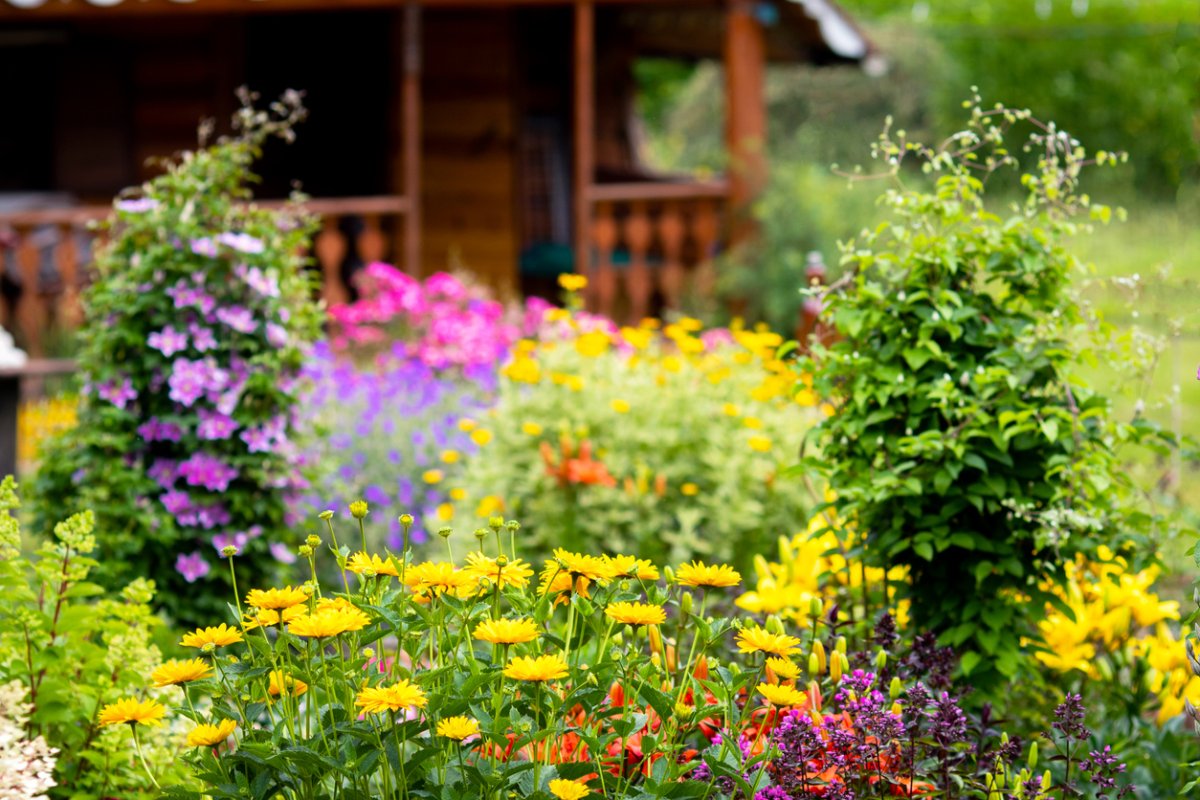

We may earn revenue from the products available on this page and participate in affiliate programs. Learn More ›
America’s love affair with the lawn is fading. For generations, the manicured emerald patches that graced front yards were a symbol of the American dream and pride of homeownership. But now many homeowners are ditching their turfgrass for a more natural, eco-friendly greenspace: the meadowscape.
Meadowscaping, also known as wildscaping or rewilding, is a type of landscape design that turns a piece of land into an urban meadow by replacing turfgrass or other non-native monoculture plants with a variety of prairie vegetation, including native grasses and wildflowers.
The result is a lush landscape with a soft, wild beauty that does so much more than look pretty—it can sustain life, promote biodiversity, reduce emissions, and conserve water.
Read on to discover the many benefits of meadowscaping and how to make the switch from mowing to growing without upsetting the neighbors.
RELATED: 18 Easy Grass Alternatives for Your Lawn
Biodiversity

Turfgrass lawns—particularly those kept tidy through the use of pesticides and chemical fertilizers—are a pollinator desert, in that they contain no food for pollinating insects and animals and no habitat to house them. The native grasses and flowers used in meadowscaping provide a natural habitat for wildlife, including birds, pollinators like bees and butterflies, and other beneficial insects, promoting biodiversity and supporting the local ecosystem.
Carbon sequestering
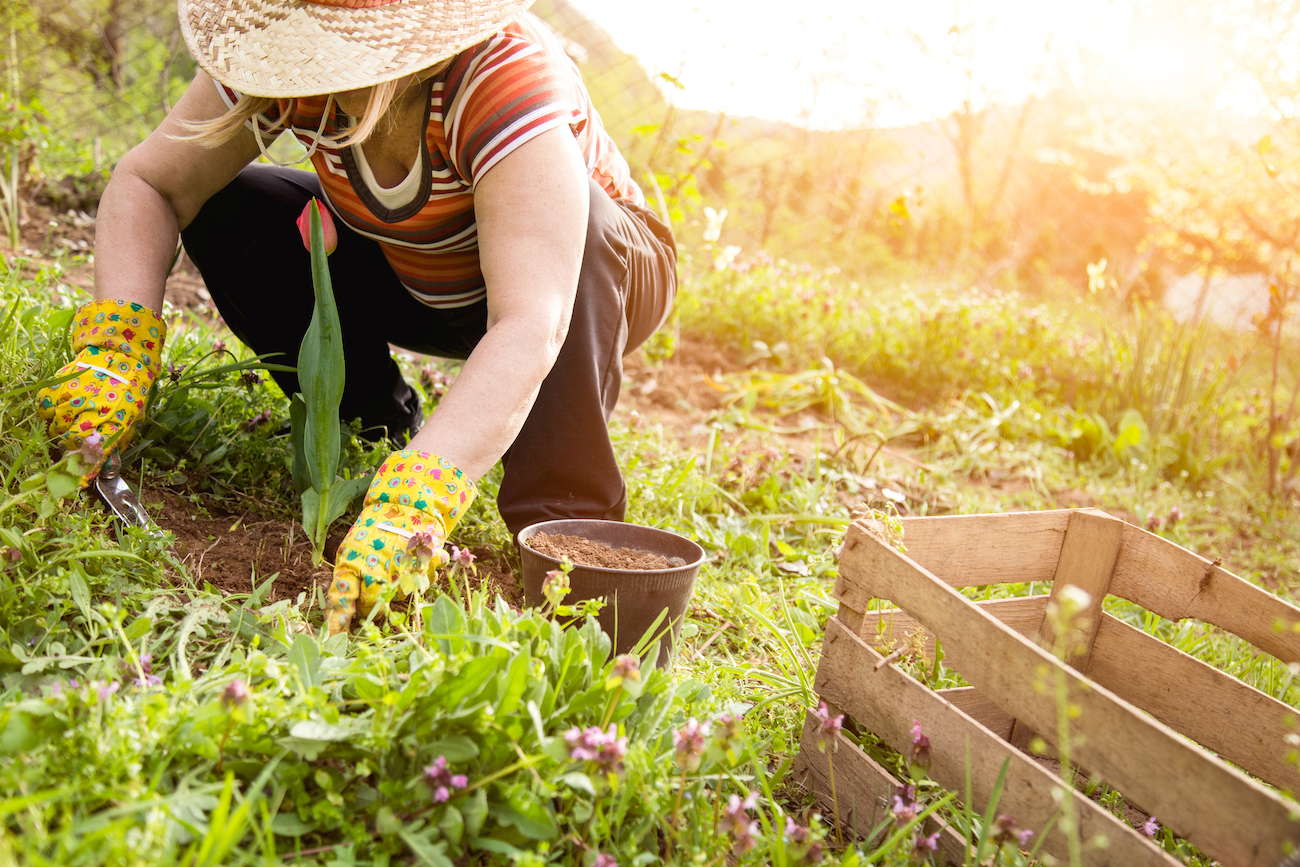
While turfgrass can trap and store some carbon in the atmosphere, those benefits can be offset by the fossil fuel emissions required to maintain them and keep them healthy. In contrast, urban meadows can help to reduce emissions because they don’t require mowing. And the extensive root systems of native plants and grasses have the potential to sequester more carbon over time than lawn grass, which typically has shallow root systems.
Water conservation
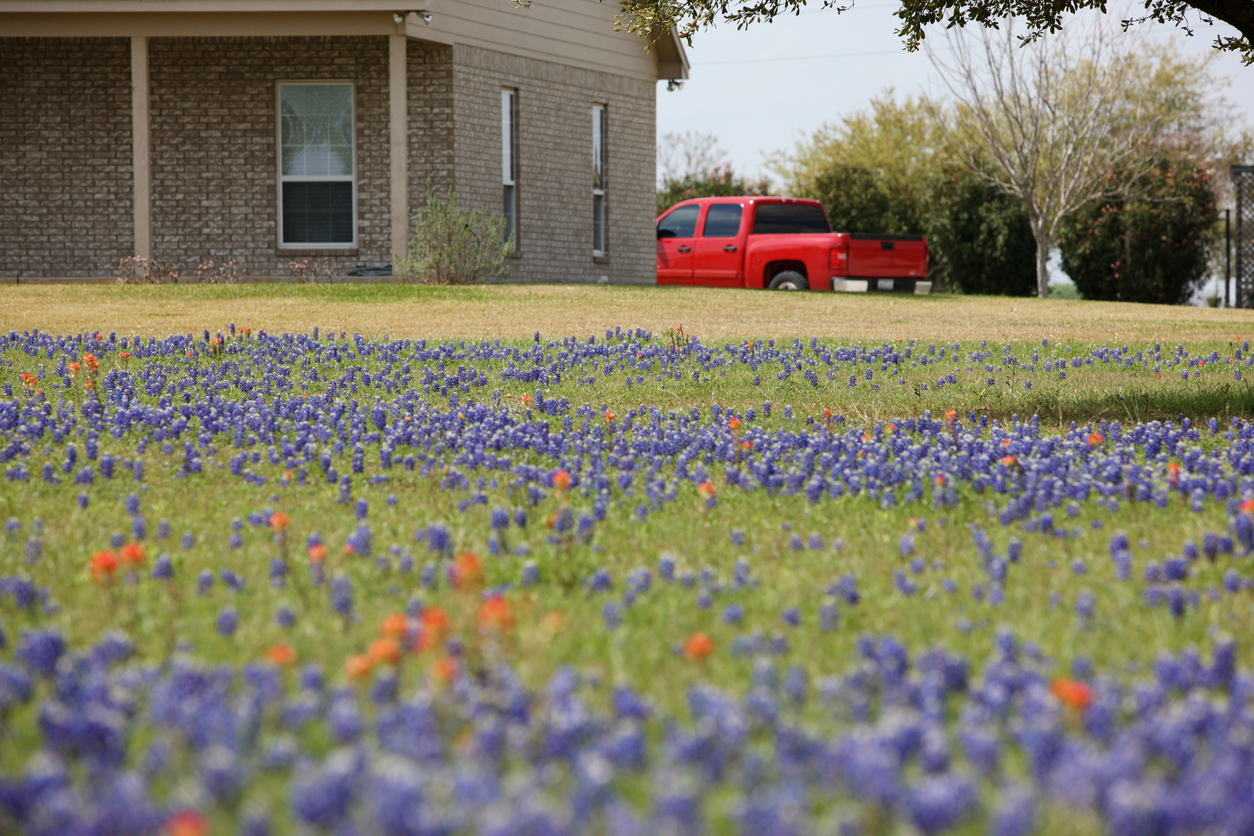
According to the Environmental Protection Agency, if a typical-sized lawn is watered for 20 minutes 7 days a week, it is equivalent to a year’s worth of showers for the average family! And as most states are expecting water shortages over the next decade, finding ways to conserve household water is essential.
Meadowscapes require far less water than traditional lawns. Native plants are better suited to the local climate, rainfall, and soil conditions, so once the plants are established, they typically don’t need supplemental watering except in times of severe drought. And prairie vegetation has been shown to increase the soil’s ability to absorb rainwater, helping to decrease stormwater runoff.
RELATED: I Let My Lawn Grow for No Mow May—Here’s What Happened
Connection to the past

Restoring native plants to their natural habitats can help us connect to the land around us and enhance our appreciation of it. Many urban and suburban regions of North America contain little of the original vegetation habitats that covered the land before European settlement. Meadowscaping can provide a glimpse of what wild, natural landscapes in your region may have looked like in times past.
Considerations and challenges
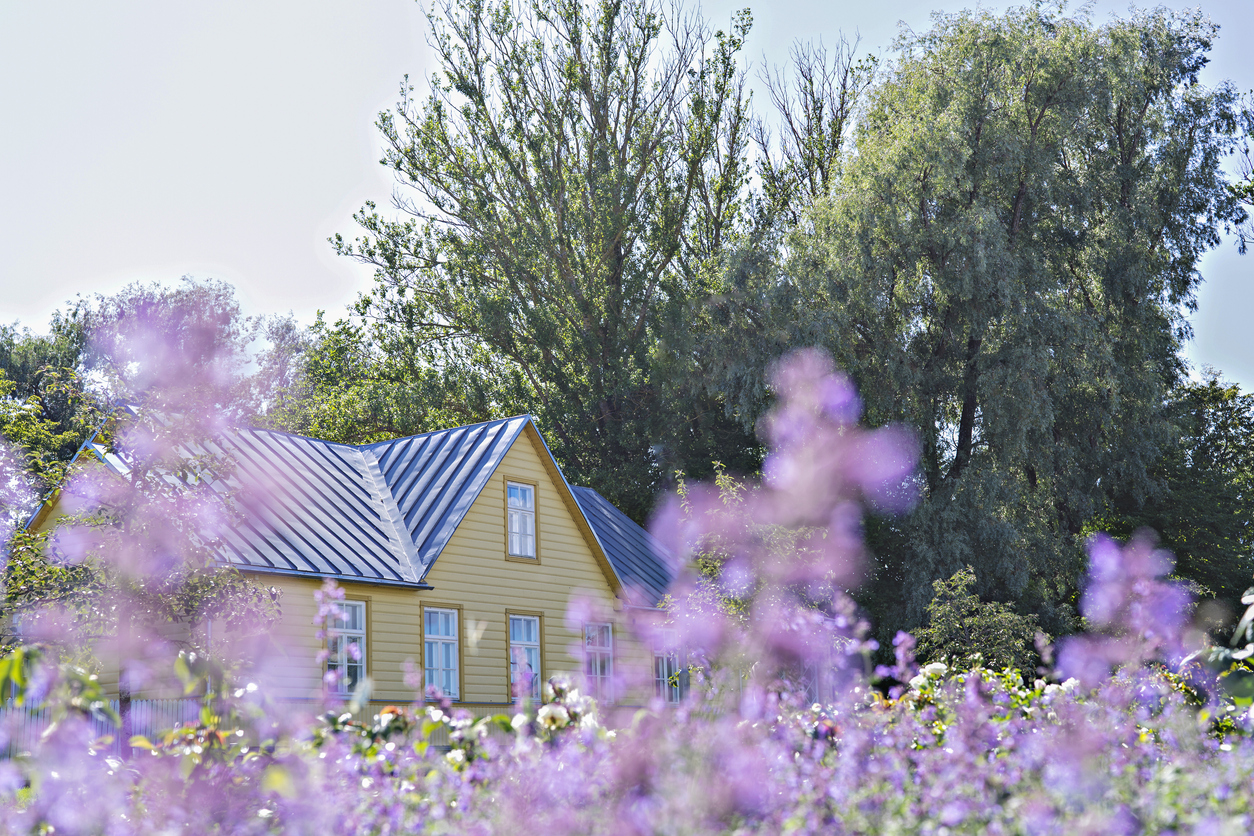
You may be sold on the myriad benefits of meadowscaping, but before you buy a meadow in a can (please don’t!), you need to be aware of some considerations and potential challenges.
Meadowscaping takes work
Meadowscaping is not no-maintenance gardening. Although natural gardens require less upkeep and maintenance than traditional lawns, they still require planning and regular work, especially in the first two years as the plants get established.
One of the biggest challenges in meadowscaping is weed control. And because one person’s weed is another person’s wildflower, you’ll first have to do some research and make some decisions as to what constitutes a weed in your meadow.
As your native grasses and wildflowers begin to grow, you may face an aggressive influx of unwanted plants trying to gain a foothold. Also, because of the height and rich texture of urban meadows, weeds can hide more easily than in traditional gardens. Regular weeding is essential to keep your meadow growing well and looking the way you want it to look.
Wild beauty isn’t for everyone
Meadowscaping produces soft, flowing spaces with an ethereal, carefree beauty, but not everyone finds this look appealing. If the homes in your neighborhood share a curated and uniform aesthetic, neighbors might not be thrilled if your yard breaks the mold. They may also not be pleased if wildflower seeds migrate to their lawns and gardens. Additionally, as meadows provide habitats for wildlife, there’s a chance that close neighbors may be concerned about increased insect or bird activity.
Landscaping regulations
Some homeowner associations may be concerned that wild gardens could negatively impact property values or affect the public’s perception of the area. Wild grasses generally grow much higher than turfgrass, which means your vegetation could run foul of local bylaws for lawn height.
In recent years, some cities have revised their landscaping bylaws to allow for natural gardens, but many municipalities’ regulations continue to favor traditional yards and gardens. Be sure to check the landscaping guidelines of your municipality or homeowner association before you start to plan—and definitely before you plant!
RELATED: 9 Good Reasons to Consider Planting a Clover Lawn
How to turn your yard into a meadow
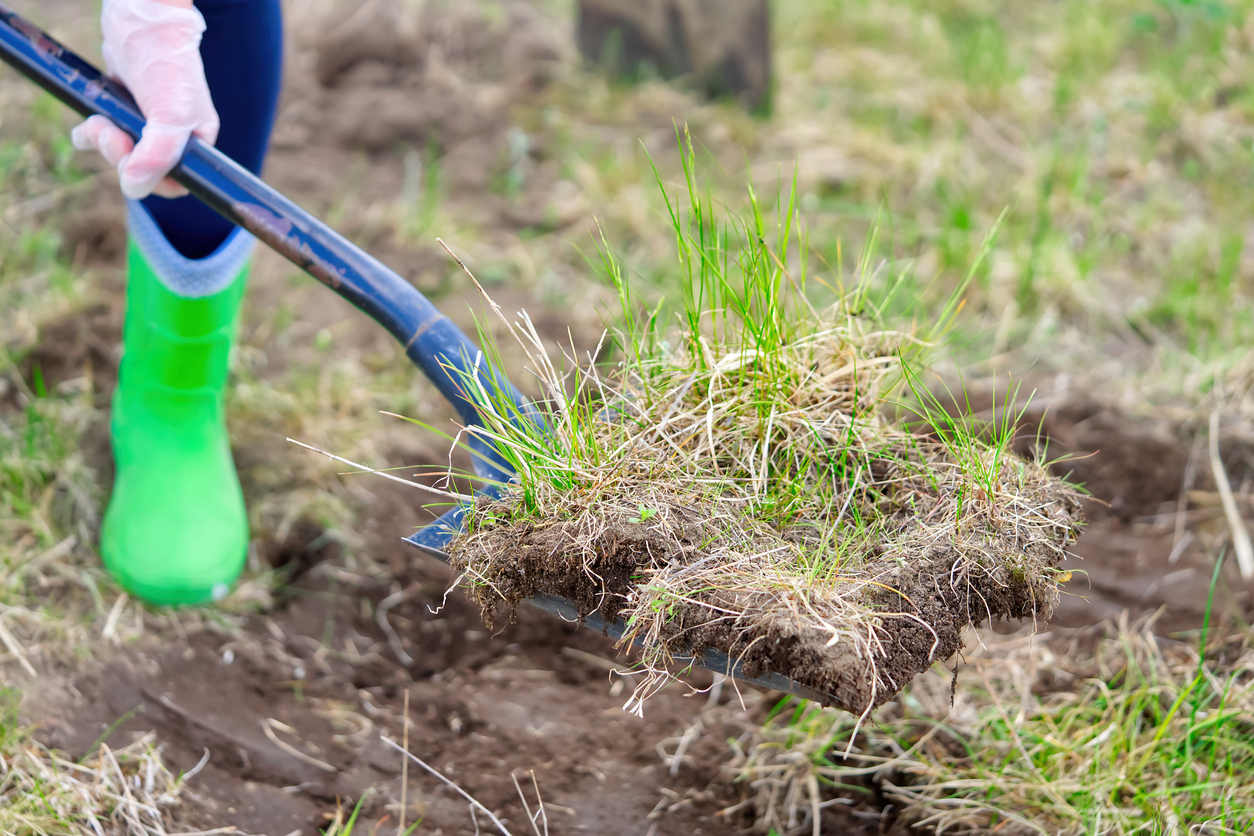
Meadowscaping is not just buying a pack of wildflower seeds, scattering them over your existing lawn, and waiting for your yard to erupt into a colorful sea of wildflowers and happy bees. Installing a natural meadow garden that will look and stay beautiful and bring you the benefits listed above takes time, planning, and periodic maintenance.
Here are the steps to take when installing a meadow on your property:
- Pick a greenspace that has good growing conditions and doesn’t have a lot of foot traffic.
- Start with a clean slate. Get the soil ready before planting by thoroughly removing turfgrass and weeds by sheet mulching.
- Don’t use “meadow in a can” or wildflower mixes. They often contain fast-blooming annuals that provide a short burst of color but can’t stand up to weeds. Many mixes also contain non-native and invasive species.
- Research grasses and flowering plants that are native to your area. Choose just a few species to start with. The Lady Bird Johnson Wildflower Center’s website is a wonderful resource, where you can select your state and your site’s growing conditions and browse a list of plant possibilities.
- Aim for 60% sedges or grasses and 40% flowering plants. Wild grasses form the backbone of natural meadows and provide ground cover and support to flowering plants.
- Choose a variety of wildflowers so that your meadow will have continual blooms throughout the growing seasons.
- Give your garden structure by grouping similar plant species together and placing the tallest plant groupings at the back.
- Familiarize yourself with the common invasive and noxious plants found in your region so that you can tell them apart from your desired plants.
- Water and weed regularly as your plants grow and become established.
RELATED: 9 Tips for Maintaining a Nontraditional Lawn
How to keep your meadow a good neighbor

Meadowscaping is still a relatively new garden trend, and it may be met with some skepticism or resistance if people don’t understand the purpose and advantages of wild gardens. In many cases, conflicts or misunderstandings about meadowscaping can be resolved through communication and understanding. Being friendly and polite and taking the opportunity to educate others on the benefits of wild gardening can go a long way to smoothing any ruffled feathers.
Here are some additional design and maintenance tips that can help your meadow garden win over your HOA or frowning neighbors:
- Familiarize yourself with your municipality or homeowners association’s rules for landscaping so you know the limits you need to work within.
- Choose a space that will accentuate your house and work with its existing design.
- Create clear borders for your meadow area. You may choose to edge the meadow with paver walkways or a buffer strip of traditional turfgrass to keep things tidy and to indicate that the design is intentional.
- Trim the seed heads of vigorous reseeding annual plants so they don’t spread to your neighbors’ yards.
- Keep plants to a reasonable height, especially around edges of the garden.
- Make sure your plants don’t impede on sidewalks or property lines.
- You may want to put a sign in front of your meadow garden that says “Pollinator Habitat” or “Meadow in Progress.”
- Have a plan for regular maintenance to keep weeds out of the meadow bed and to keep the plants from getting tangled and overgrown.
RELATED: Creeping Thyme Lawn: An Eco-Friendly Alternative to Turfgrass
